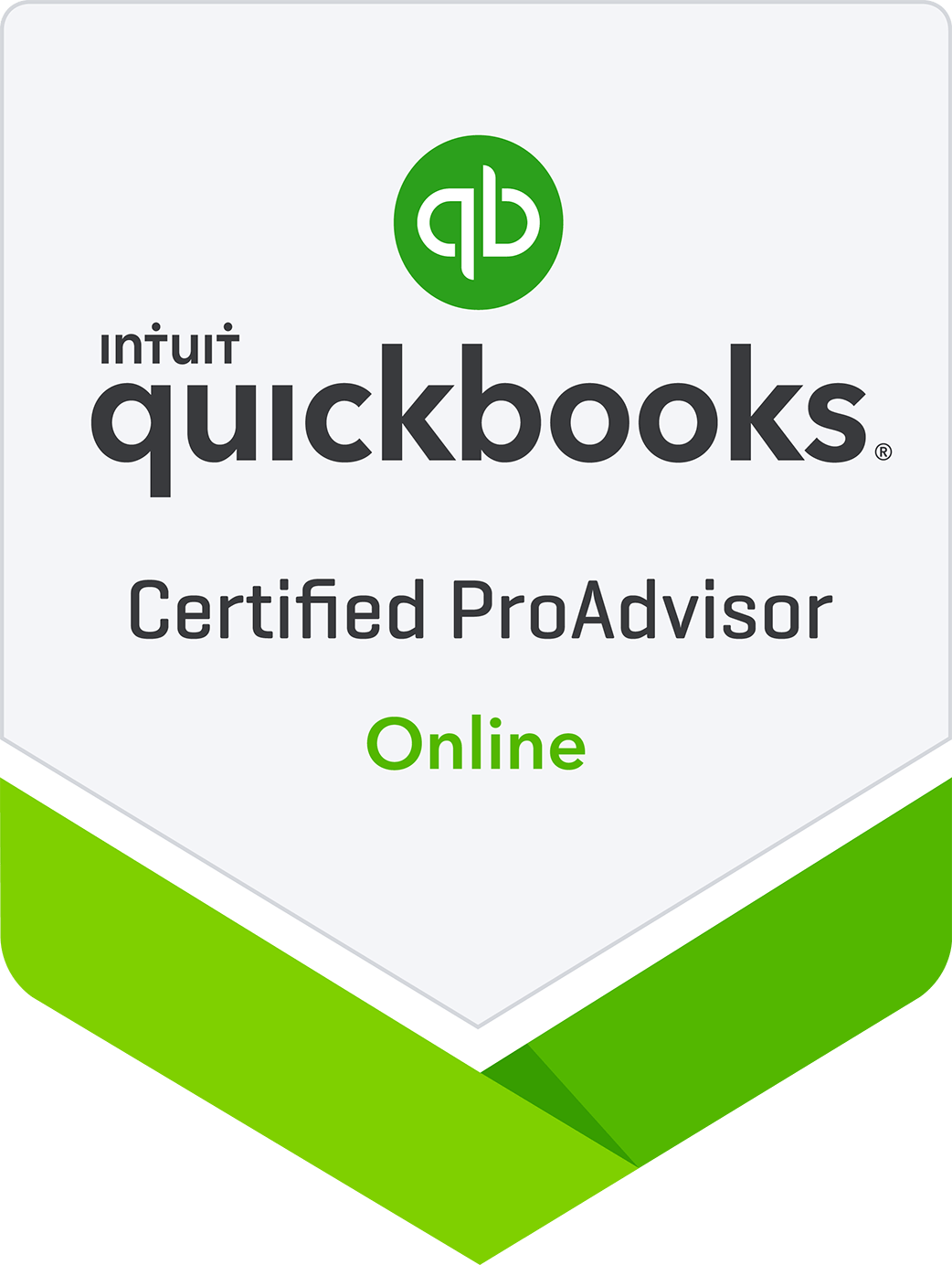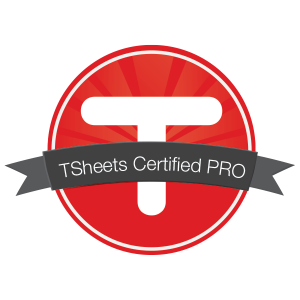While we all have to keep our monthly books up to date for tax and other compliance reporting purposes, we should never stop there. Your books hold a wealth of information that you can use to run your business better. Here are five reports you should never be without.
Budget-to-Actual Profit and Loss Statement
Hopefully, you’ve already seen how powerful the Profit and Loss Statement is. Let’s take it a deeper level and add budget comparison to it. With this addition, you can plan your way toward the sales and profit figures you want. You’ll know every month whether you’re on track, ahead of the game (give yourself five stars!), or need to hustle to make it up next month.
Most accounting systems allow you to enter monthly budget numbers for your sales and expense accounts. You can enter them at the beginning of each year and adjust them throughout the year. It’s kind of like having Google Maps on a cross-country journey. You will be able to see where there is construction and traffic, so you can take another route. You can also see where there are cool places to stop, so you can take advantage of the fun. Your numbers tell a story.
Actual-to-Prior-Year Profit and Loss Statement
This is an easy report to generate, assuming you have at least two years’ worth of information in your accounting system. This report allows you to compare your business’s results for this year with how you did last year. Are you ahead? Behind? Have new products and services? New employees? New expenses?
With this comparison, you can take action based on how you would like your business to perform this year versus last year. While this report is readily available, few businesses study it to glean the insights available, so be sure to spend some time analyzing the data in this report.
Sales by Item, Customer, or Division (or All Three)
Inside every business’s sales information is a treasure trove of possibility. Where are you seeing growth, and how can you capitalize on it? Where do you see a slowdown, and can you run a promotion to juice things up?
Choose the breakout – customer, item, division, or another – that is meaningful to your business type. If possible, arrange for a searchable database so you can drill down into the detail even more. What trends do you see? What opportunities do you see?
Operations Reports
To find out more about your profitability and to get into the details of how your expenses are matching up with your sales, you need to review your operational accounting reports. The exact report will depend on the type of your business. If you are in services, you’ll need payroll reports and time sheets. If you are in retail, you’ll need inventory reports. If you are in construction, you’ll need job cost reports. And if you are in manufacturing, you’ll need cost of goods sold and other reports to evaluate assembly and production efficiency.
Cash Reports
The last report that is essential for good business management is all about cash. There is more than one option here, and these reports can include Accounts Receivable Aging, Accounts Payable Aging, cash flow forecasting, and various cash flow reports.
If you grant customers credit, you’ll want to actively make sure that money is collected on time from clients. If customer balances get too old, action must be taken. Even if you don’t grant credit, transactions such as returns, expired credit cards, and bounced checks need special attention.
The same is true for amounts you owe to vendors, with the Accounts Payable Aging report.
If you run tight with your cash balance, you may want to have a cash flow forecasting report on hand. This report gives you good warning as to when your bank balance may dip below your needs. You can then delay vendor payments or find an infusion of cash to cover the shortfall.
With these five categories of reports, you will have dozens of opportunities to be proactive about running your business and improving your results. And if we can help you find or generate them, please reach out anytime.



 Want a free consultation with us? Give us a call or send us an email to claim your complimentary consulting session.
Want a free consultation with us? Give us a call or send us an email to claim your complimentary consulting session.




